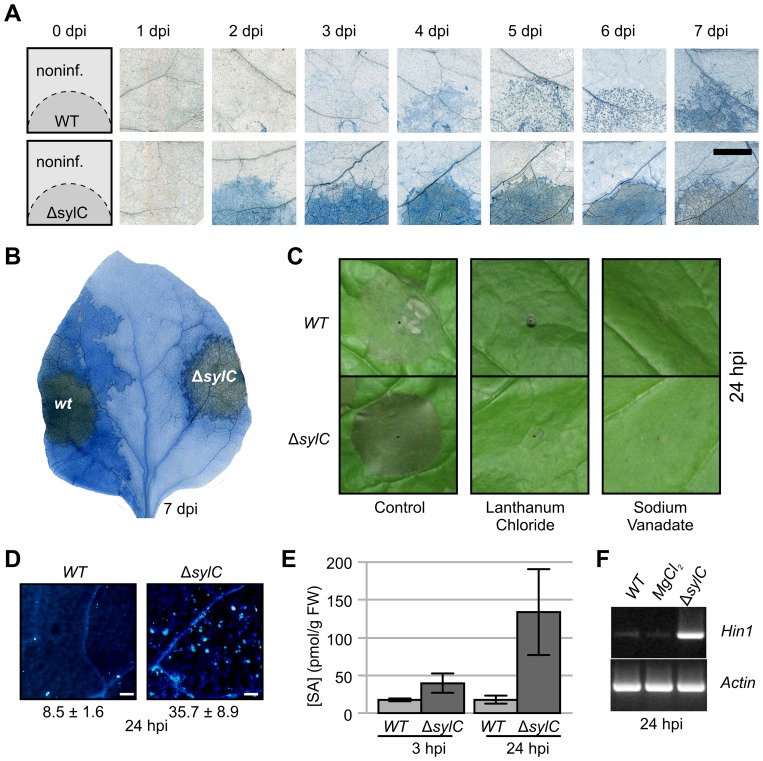Figure 5. SylA-deficiency triggers immune responses at primary infection sites.
(A) Time course of cell death induced by WT and ΔsylC strains. Leaves were stained with trypan blue at various days after infiltration. Scale bar, 10 mm. (B) Cell death spreads from zones infected with WT but not ΔsylC bacteria. Leaves were infiltrated and stained with trypan blue at 7 dpi. (C) Cell death induced by ΔsylC is blocked by the calcium transport inhibitor lanthanum chloride and the ATPase inhibitor sodium vanadate. Leaves were co-infiltrated with 1×108 bacteria/mL with 50 µM lanthanum chloride or 1 µM sodium vanadate, and pictures were taken at 24 hpi. (D) Early host cell death induced by SylA-deficient ΔsylC bacteria is preceded by callose deposition. Leaves were stained for callose at 24 hpi, examined by fluorescence microscopy, and depicted with equal settings. The callose spots per 0.56 mm2 were quantified and printed below the picture with the SEM (n = 3). Scale bar, 0.1 mm. (E) Early host cell death induced by SylA-deficient ΔsylC bacteria is preceded by SA accumulation. N. benthamiana plants were infiltrated with 105 bacteria/mL of WT and ΔsylC bacteria, and SA concentrations were measured at 3 and 24 hpi. Error bars represent SEM of three technical replicates. Student's t-test: P = 0.21 (3 hpi) and P = 0.096 (24 hpi). The experiment was repeated twice with similar results. (F) Early host cell death induced by SylA-deficient ΔsylC bacteria is preceded by upregulated transcript levels of the hypersensitive cell death marker Hin1. Semi-quantitative RT-PCR was performed on mRNA isolated at 24 hpi. (A–F) Bacteria were infiltrated with 2×105 bacteria/mL into mature leaves of N. benthamiana and analyzed at 24 hpi unless stated otherwise.

